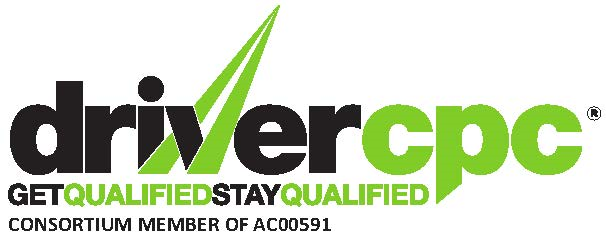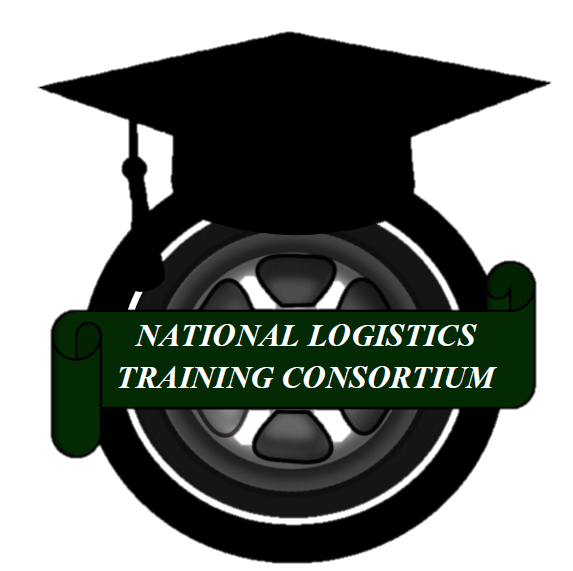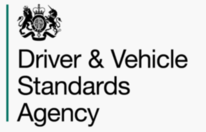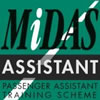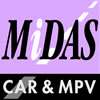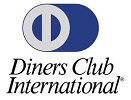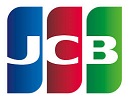
A specialist driver training company. Serving Hull, Driffield, Beverley, Bridlington, Scarborough, Grimsby and the surrounding areas of East Yorkshire, North Yorkshire and North Lincolnshire.
Training
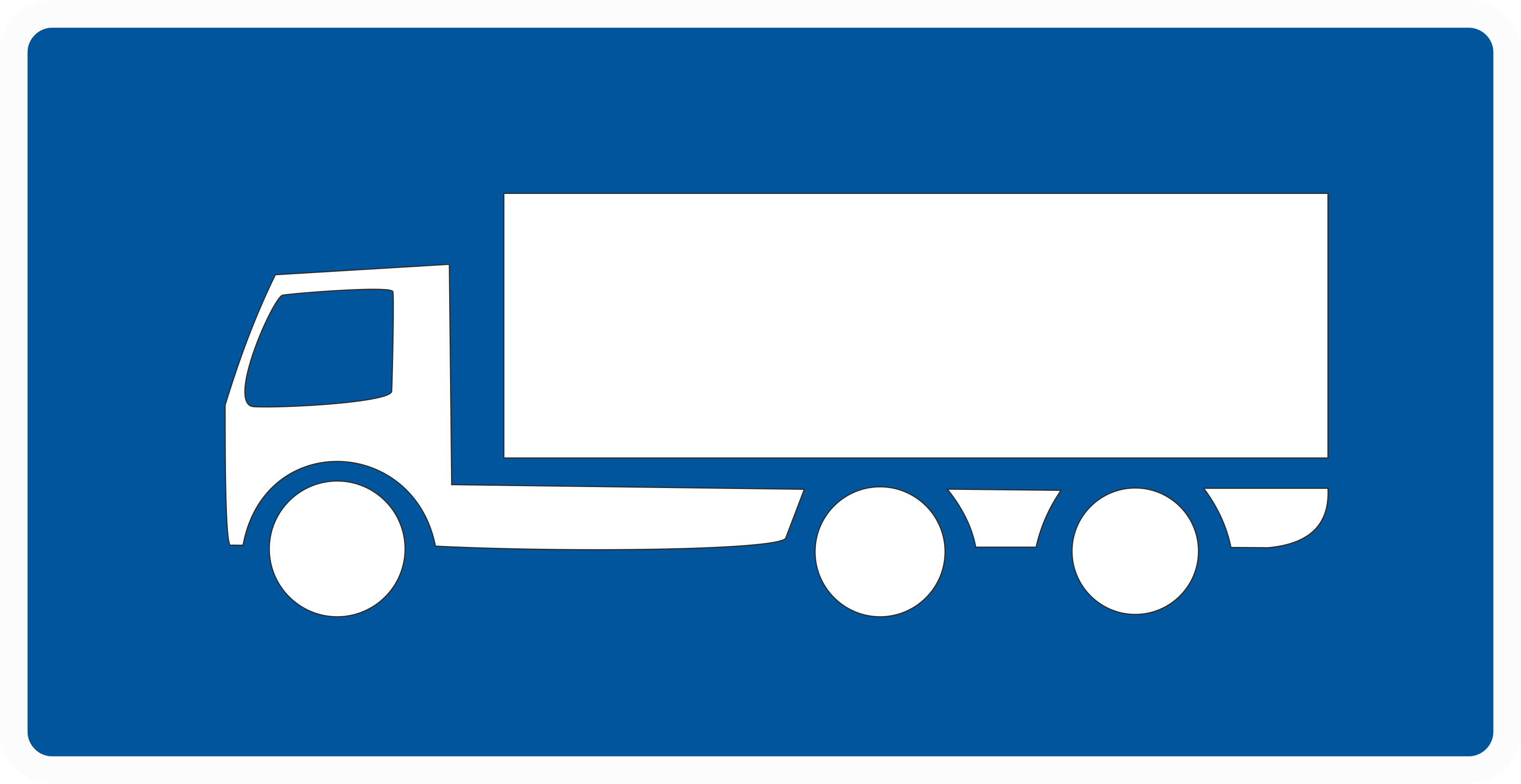
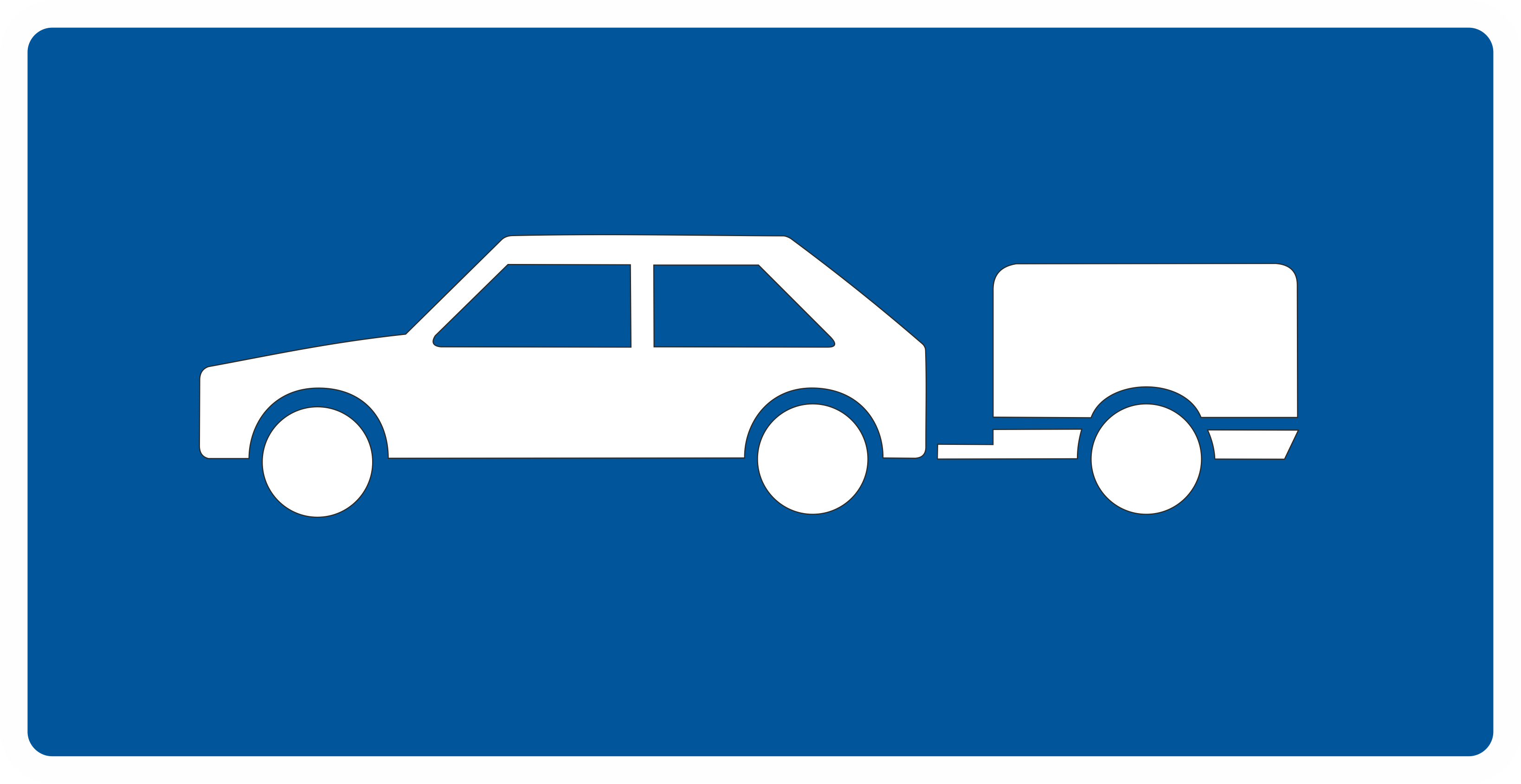
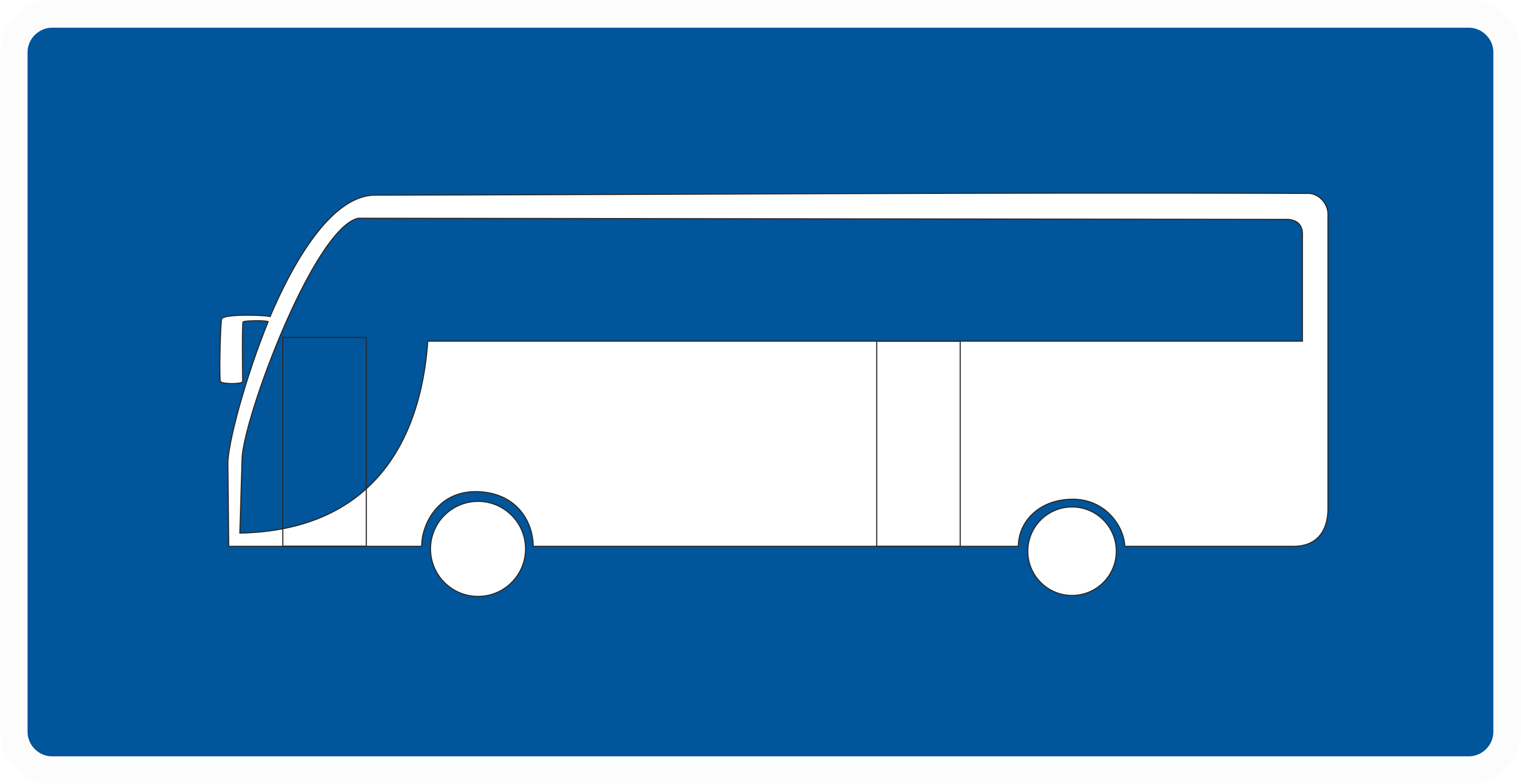
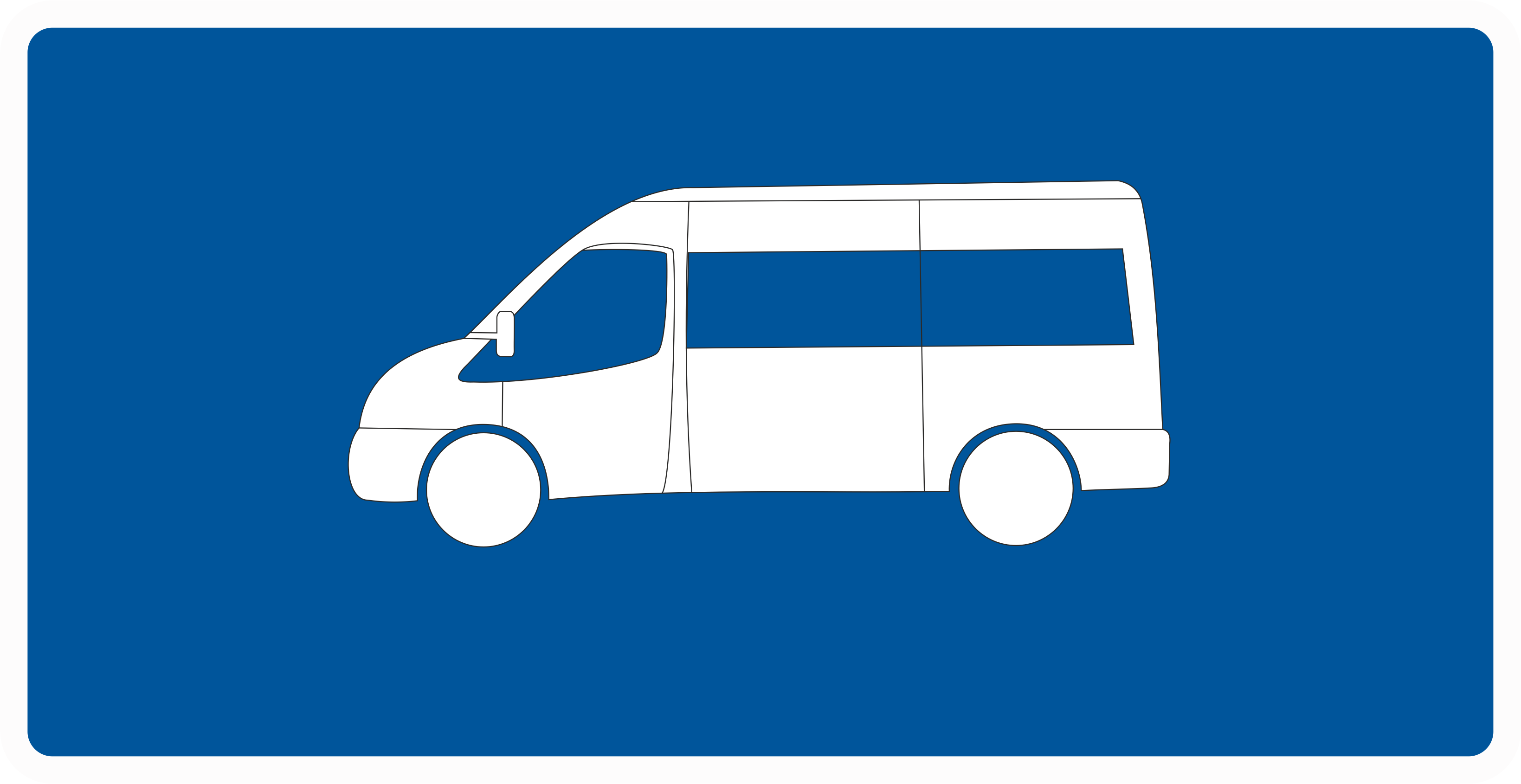
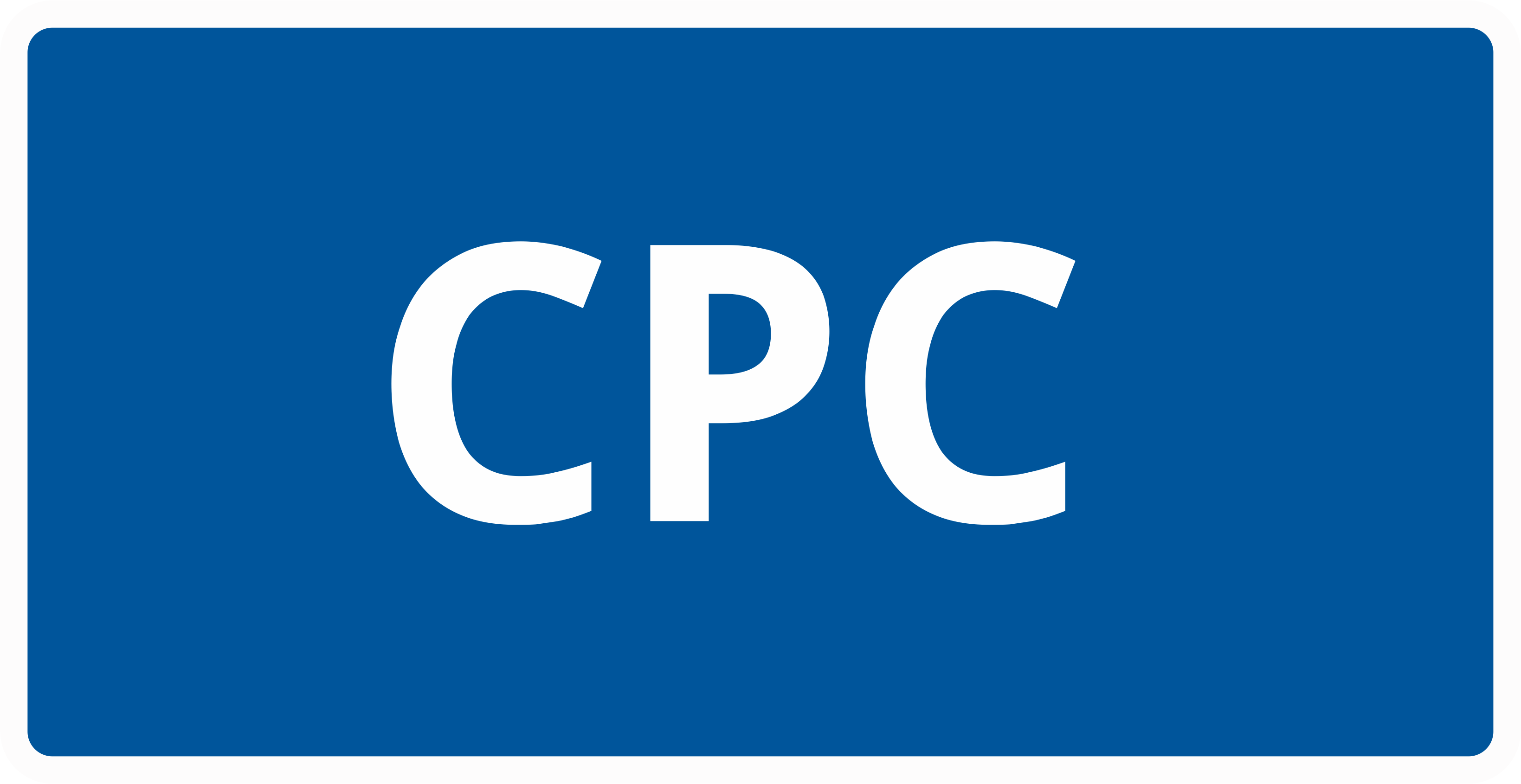
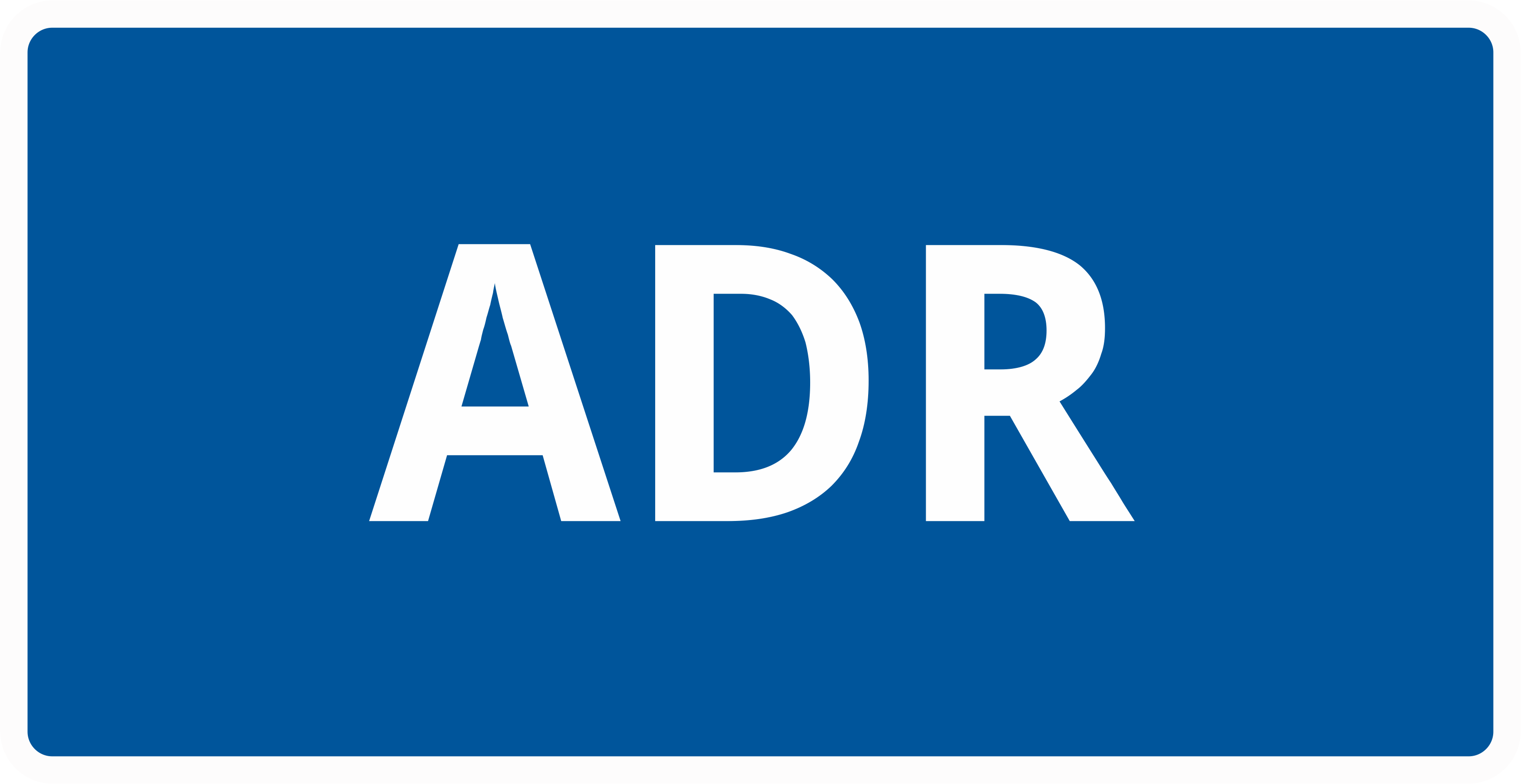
HGV Training
We offer training for:
- Cat. C: Also known as Class 2.
- Cat. C+E: Also known as Class 1. Includes wagon and drag as well as artic and trailer.
- Cat. C1: Up to and including 7.5T.
- Cat. C1+E: As above, though with a trailer over 750kg.
Trailer Training
We offer training for:
- Cat. B+E: Car with a trailer over 750kg.
- Cat. C1+E: Van / light goods vehicle with a trailer over 750kg.
PCV Training
We offer training for:
- Cat. D: Bus/coach training - we train using a coach, though the licence is the same for buses too.
- Cat. D+E: Bus/coach with a trailer.
Minibus Training
We offer full minibus training in our own vehicle:
- Cat. D1: Minibus training.
- Cat. D1+E: Minibus with a trailer over 750kg.
MiDAS is a scheme originally developed by Hampshire County Council. This is now a nationally approved scheme administered by CTAUK.
- MiDAS: Training for minibus drivers for voluntary and non-profit sectors..
- MiDAS Assistant: As above, but also to provide assistance and care to passengers.
- MiDAS Car/MPV: MiDAS for smaller vehicles or voluntary car schemes.
CPC Training
Driver CPC is a requirement for most drivers. We offer training for all driver CPCs:
- Initial CPC: For newly qualified drivers, and comprises of two parts - Module 2 (Case Studies) which is a test taken at a theory test centre and Module 4 (Practical) which is taken at the driving test centre.
- Periodic CPC: Click here for dates and more info. For those who have already have a CPC, or for those who have acquired (grandfather) rights. Drivers need 35 hours of training every 5 years, made up of 5 x 7 hour training days. These days can be spread over the 5 years, or over a week course.
ADR Dangerous and High Consequence Goods Training
We offer ADR training
- Classroom based course
- Examined at end of course.
Services
We cover all aspects of LGV / HGV and PSV driver training for both corporate and individual clients, including:
- Professional Competence in National/International Road Haulage and Passenger Transport
- A.D.R. Carriage of Dangerous Goods
- Driver CPC (initial and periodic)
- MIDAS - Minibus Driver Awareness Scheme
- MIDAS Assistant - Passenger Assisted Training Scheme (PATS)
- MIDAS Car & MPV Driving
- Vehicle Training for C+E Rigid and trailer (Class 1), C Rigid vehicle (Class 2), C1 7.5t Rigid (Class 3), C1+E 7.5t and trailer,B+E Car and Trailer, D Bus / Coach, D1 Minibus, D1+E Minibus and trailer
Our instructors are experienced drivers, and with friendly and professional guidance our candidates achieve the highest pass rates around!
Prices
We aim to offer the best in both quality of course, results and prices.
View our latest prices on the Jan 2018 Prices pdf.
CPC
We offer initial CPC training for £175 - call us on 01964 543 020 for more details.
For periodic training, all lorry, bus and coach drivers need 35 hours of professional training every 5 years to keep the Driver Certificate of Professional Competence valid.
The training can be done in any combination of 7 hour blocks - either one full 5-day week, or as individual days spread over the 5 year period.
Time and money are both precious, and we offer CPC courses to fit around your requirements:
- Flexible dates - we offer serveral options for week or day courses;
- Great training facilities;
- In-house options (call to arrange);
- Modular courses - we offer a wide range of topics that are interesting, relevant and up to date including:
Vehicle checks and defects
Company & public image
Drivers' Hours
Emergency Aid
Fire Marshal
Health and Safety
Eco Driving
Licence, Weights and Dimensions
Security
Tachographs
Tiredness, Diet and Lifestyle
Vulnerable Road Users
Each day costs £56.75 per person per 7 hour training day. This includes VAT of £8 and a government fee of £8.75.
When do the CPC courses run?
Licences
There are many aspects to your licence - this is some helpful information! Can't find what you're looking for? Call us on 01964 543 020
Getting your licence
We can guide you right through - call us on 01964 543 020. Step by step:
- You will need to add the vocational provisional category your require to your licence. Complete forms D2 application for lorry, minibus or bus licence and D4 medical examination report. Make sure you tick the correct category for your licence. These are available from our office, or you can order them for delivery direct to your home by following this link - form D2 (available from the DVLA - visit at https://www.gov.uk/dvlaforms). Hit the Start button, fill in your name and address, etc. Click on 'D2 Pack' listing then click 'Submit'. The forms are then on their way.
- Form D4 must be completed by an optometrist and / or all by a doctor. We recommend Humber Medical for this as you get a thorough check up at a reasonable cost. Alternately you can use your own doctor. Ask for prices before committing as they vary considerably. Follow this link to HumberMed - www.humbermed.co.uk Send both of the above forms with your licence to the DVLA
- Start studying for your theory and hazard perception tests. Contact our office to get your login details for Theory Test Pro - one of the many benefits of training with us!
- Wait for your licence back from the DVLA
- Book your theory and hazard perception tests in advance, and study toward the given date. You can book these via our office, or simply direct yourself by following this link - https://www.gov.uk/book-a-driving-theory-test).
- After passing both tests you are ready for the practical training and test.
- Contact the office to book the practical training and test on 01964 543 020.

Parts to driving tests
Module 1a - Theory Test
This test is computer based and must be completed and passed before you go on to do a practical test. Each candidate is required to answer 100 multiple choice questions from a range of topics including safety checks, principles of braking systems, vehicle weights and dimensions, drivers hours and so on. A minimum of 85 of these questions must be answered correctly to pass.
Once a candidate has passed the theory test, it will remain 'live' for a maximum of two years, and entitles the candidate to move on to the practical driving test. If the practical test is not passed within the two year limit, another theory test will be required.
Module 1b - Hazard Awareness Test
In addition to the theory test is a hazard perception test. This can be taken at the same time, or separately to the theory test.
Each candidate is required to view 19 video clips of traffic scenes, and indicate when they believe a potential hazard is appearing. There are a 100 marks available for this test, in which a candidate must score a minimum of 67 to pass.
A time limit of 2.5 hours is given to complete the whole of Module 1 (ie. both the theory and the hazard perception tests).
Module 2 - Driver CPC Study Cases
As with the theory and hazard perception tests, the Driver CPC Case Studies are also computer-based. Each candidate is shown seven short scenarios that are related to real life situations that goods vehicle drivers may encounter - eg. driving in icy conditions.
There will be between 6-8 questions per scenario, totalling 50 marks. Each question can differ from multiple choice to typing in short answers, or clicking on an area of a picture.
Each candidate has 1.5 hours to complete this module, and must score a minimum of 38/50 to pass.
Module 3 - Licence Acquisition Practical Test
Each candidate is given a 1.5 hour practical driving test comprising of a manoeuvering exercise at the test centre and a road test. For vehicles with a trailer, coupling and un-coupling exercises are also required.
During the road test portion, each candidate will be expected to be able to start and stop the vehicle, overtake, use signals and gears correctly, turn safely and be able to maintain a safe position in the road in relation to other vehicles.
The C+E test can be taken in either an articulated vehicle, or in a rigid/drawbar combination. On completion of the test, the C+E entitlement will permit a driver to be able to drive either type of vehicle.
Module 4 - Practical CPC Test
In the final element of the vocation licence testing, each candidate is required to demonstrate their ability and knowledge to carry out activities such as a daily walkround safety check, safe loading and emergency situation assessing.
For this practical test, half an hour is given and the test can be conducted at the same time as the licence acquisition test, or on its own.
Renewing your licence
We can guide you right through - call us on 01964 543 020. Step by step:
- Complete forms D2 application for lorry, minibus or bus licence and D4 medical examination report. These are available from our office, or you can order them for delivery direct to your home by following this link - form D2 (available from the DVLA - visit at https://www.gov.uk/dvlaforms). Hit the Start button, fill in your name and address, etc. Click on 'D2 Pack' listing then click 'Submit'. The forms are then on their way.
- Form D4 must be completed by an optometrist and / or all by a doctor. We recommend Humber Medical for this as you get a thorough check up at a reasonable cost. Alternately you can use your own doctor. Ask for prices before committing as they vary considerably. Follow this link to HumberMed - www.humbermed.co.uk Send both of the above forms with your licence to the DVLA
- Send your forms, along with your licence to the DVLA.
- Contact the office to book the practical training and test on 01964 543 020.
- Don't forget to change your licence if you move house - an out of date licence can cost you a hefty fine. You can update this through the DVLA website.
What's on your licence?
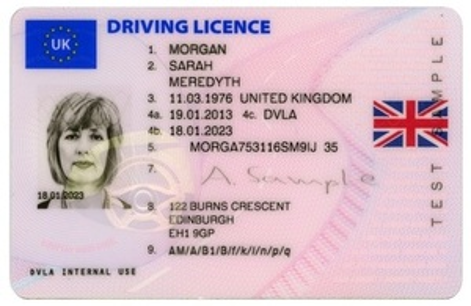
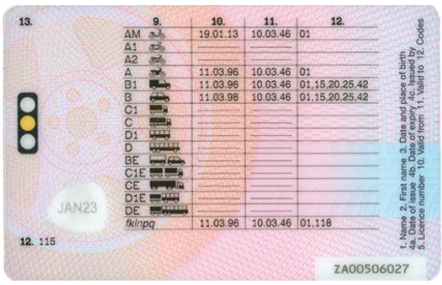
1.
Surname
2.
First names
3.
Date & place of birth
4a.
Issue date
4b.
Date of renewal
4c.
Issuing authority
5.
Driver number
6.
Photo
7.
Signature
8.
Address
9.
Entitlements
10.
Entitlement start date
11.
Entitlement expiry date
12.
Information codes - restrictions on entitlements
Categories
B
Rigid motor vehicles not exceeding 3500kg. These vehicles can have no more than 8 passengers. Maximum trailer size is 750kg (see B+E for more on this). If the Cat. B test was passed before 1 January, 1997 the MAM of the vehicle and trailer is 8250kg.
B+E
For Cat. B tests passed on or after 1 January 1997, but before 19 January 2013, any size trailer can be towed as long as it doesn't exceed that of the vehicle. On or after 2013, the MAM of the vehicle and trailer is 3500kg.
C1
Vehicles between 3500 and 7500kg, with a trailer up to 750kg. For those with acquired rights (passing their test before 1 January 1997, the MAM of the trailer and vehicle is 12000kg.
C1+E
C1 vehicle with a trailer over 750kg, up to a MAM of 12000kg.
C
Vehicles over 3500kg, with a trailer no more than 750kg.
C+E
Cat. C vehicle with a trailer over 750kg.
D1
Minibus type vehicle with no more than 16 passenger seats, length no more than 8 metres and a trailer up to 750kg. Those with acquired rights have a MAM of vehicle and trailer up to 12000kg.
D1+E
Cat. D1 vehicle with a trailer, total MAM of 12000kg.
D
Bus or coach with more than 8 passenger seats and a trailer up to 750kg.
D+E
Cat. D vehicle with a trailer over 750kg.
f
Agricultural tractor.
G
Road roller.
H
Tracked vehicles.
k
Mowing machine or pedestrian controlled vehicle.
l
Electrically propelled vehicle.
M
Trolley vehicles.
n
Exempt from duty.
p
2 wheeled vehicles with a max. speed of 31mph and 50cc.
Q
2 wheeled vehicles with a max. speed of 15.5mph and 50cc.
You don't need a licence for electric bikes, mobility scooters or powered wheelchairs.
Information codes
01
Eyesight correction
02
Hearing / communication aid
10
Modified transmission
15
Modified clutch
20
Modified braking system
25
Modified accelerator system
30
Combined braking and accelerator systems
35
Modified control layouts
40
Modified steering
42
Modified rear view mirror(s)
43
Modified driving seats
44
Modifications to motorbikes
44(1)
Single operated brake
44(2)
(adjusted) hand operated brake (front wheel)
44(3)
(adjusted) foot operated brake (back wheel)
44(4)
(adjusted) accelerator handle
44(5)
(adjusted) manual transmission and manual clutch
44(6)
(adjusted) rear view mirror(s)
44(7)
(adjusted) commands (direction indicators, brake lights)
44(8)
Seat height (allowing two feet on road at same time)
45
Motorbikes only with sidecar
70
Exchange of licence
71
Duplicate of licence
78
Restricted to vehicles with auto transmission
79
Restricted to vehicles in conformity with licence details
101
Not for hire or reward (not to make profit)
102
Drawbar trailers only
103
Subject to certificate of competence
105
Vehicle not more than 5.5 metres long
106
Restricted to vehicles with auto transmission
107
Vehicle not more than 8250 kilograms
108
Subject to minimum age requirements
110
Limited to tranpsorting persons with restricted mobility
111
Limited to 16 passenger seats
113
Limited to 16 passenger seats except for automatics
114
With any special controls required for safe driving
115
Organ donor
118
Start date is for earliest entitlement
119
Weight limit for vehicle does not apply
120
Complies with health standard for D1
121
Restricted to conditions specified by Secretary of State
122
Valid on completion; basic moped training course
125
Tricycles only
Vehicles
We cover many categories of tests:
Cat. B + E: Car or Van and Trailer
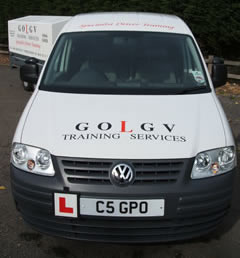
If you passed your test before 1 January 1997, you can drive a vehicle with a trailer up to a MAM of 8,250kg.
If you passed on or after 1st January 1997 but have passed the B+E test before 19 January 2013, you can tow any trailer size as previously.
If you passed your B+E test on or after 19 January 2013, the car and trailer MAM is 3,500kg.
Remember that these weight limits apply to the plate weight of the vehicle and trailer, NOT what is actually being carried.
The plate weight (or gross weight) of the trailer is the maximum weight of both the trailer and any load carried. Also make yourself aware of your vehicle's towing weight limits - these must not be exceeded.
Passing a B+E driving test allows you to tow a trailer above 750kg.
Cat. C1: 7.5T Medium Goods Vehicle
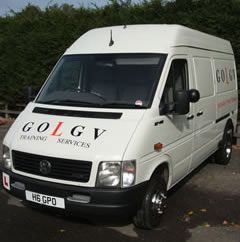
Passing your C1 test allows you to drive vehicles up to and including 7,500kg. You can also tow a trailer on this category, up to 750kg. We introduced the VW LT46 (4,600kg) into the fleet to accommodate paramedic / ambulance drivers and other clients who need to drive vehicles over 3500kg without having to take a test in a medium sized lorry.
To do this in a C1 truck type vehicle no longer makes economic or logical sense. We would recommend you do the upgrade Category C test because all the medical conditions, theory, hazard perception and practical training is the same for both. You are putting the work and money into improving your driving entitlements, and by passing your Category C test, this gives you the C1.
You must undertake and pass a theory and hazard perception test before you can take a practical driving test in this type of vehicle.
Cat. C1 + E: Medium Goods Vehicle with a Trailer
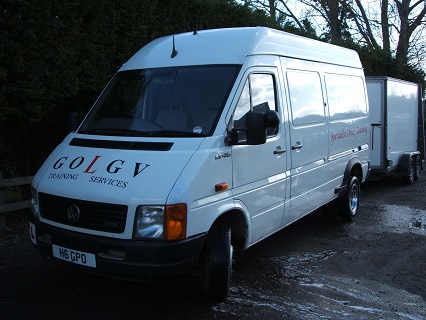
The MAM of the vehicle and trailer in this category is 12,000kg. We offer training courses to add this entitlement to your licence. You do not have to take a theory test to add this entitlement, only a practical test. Contact our office for details.
Cat. D1: Minibus
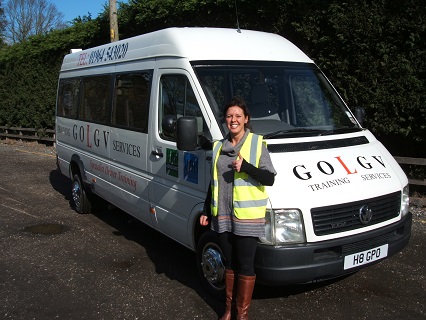
A Category D1 licence allows you to drive minibuses over 3500kg, with up to 16 passenger seats and 8m long. If you have Category D1 on your licence with a restriction code 101, you have probably gained this entitlement through acquired rights ('Grandfather Rights') having passed your car test prior to 1 January 1997. You cannot drive minibuses over 3500kg for hire or reward without first passing a full D1 driving test. Take a look at our special minibus page for all the courses we offer in this field. At present we are the only driving school in this area to offer all of the courses mentioned.
You must undertake and pass a theory and hazard perception test before you can take a practical driving test in this type of vehicle.
Cat. D1 + E: Minibus with a Trailer
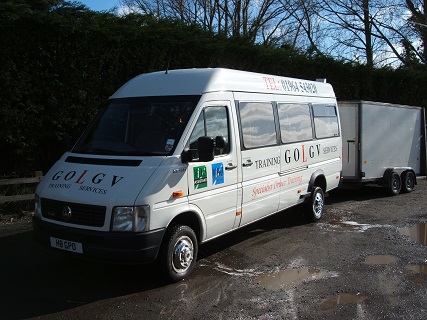
As with C1+E, the MAM of the minibus and trailer must not exceed 12,000kg. We offer training courses to add this entitlement to your licence. You do not have to take a theory test to add this entitlement, only a practical test. Contact our office for details.
Cat. D and D+E (Coach, bus or coach or bus with trailer combination)
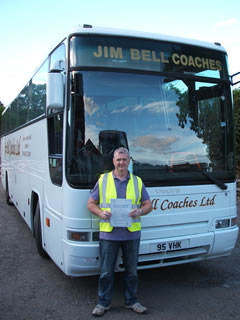
For buses or coaches with more than 8 passenger seats. With the E entitlement, the trailer can be more than 750kg. We offer training in your own vehicle, or we can supply a suitable vehicle for training and test in these categories. If utilising your own vehicle, please contact our office to discuss the requirements needed to meet the DSA test requirement standard for vehicles used on test.
Cat. C: Large Goods Vehicles
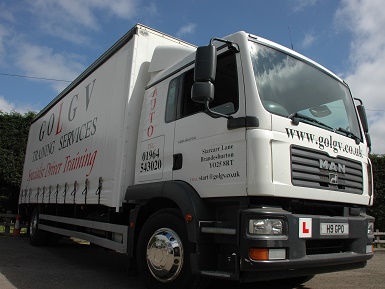
You can now pass your test in an automatic but have full entitlement to drive any Category C vehicle. Let us know your preference (manual or automatic) when coming to train with us!
After passing your Category C test, you are entitled to drive a rigid vehicle over 7500kg (7.5t). If you wish to tow a trailer over 750kg with this type of vehicle, you have to pass a C+E test (see below).
To drive this type of vehicle for hire or reward, you have to pass your driver certificate of professional competence (DCPC). Click here to go to our DCPC section to learn more, or contact our office for more.
You must undertake and pass a theory and hazard perception test before you can take a practical driving test in this type of vehicle.
Cat. C + E: Large Goods Vehicle and Trailer Combination

The various combinations we offer for training and test are second to none. Ranging from a sleeper cab rigid vehicle and trailer combination or wagon and drag, as they are often called, all the way up to the MAN Artic unit and trailer. These are amongst the largest vehicles on the road. For more information, or to discuss your requirements, please contact our office on 01964 543020, or email us at start@golgv.co.uk
Cat. C + E: Artic and Trailer

You can pass your full C+E test (Class 1) in either a wagon and drag or with an artic and trailer to gain a full licence.
Contact
